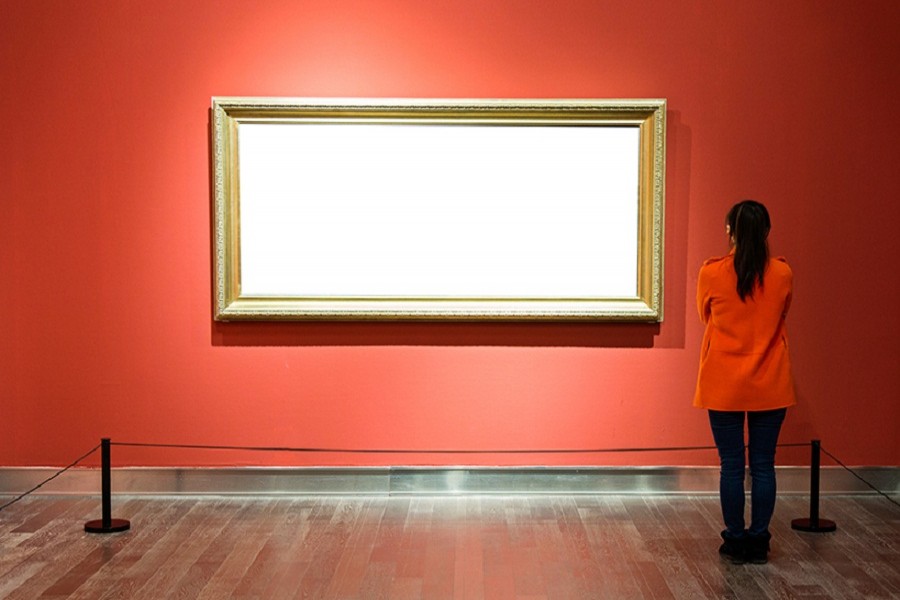Graphicacy: The essential communication form to survive in 21st Century

Published :
Updated :

Newspapers in the earlier times, to be specific, before the 2000s, used to be filled with long concentrated paragraphs; those papers looked more like flat blackish sheets.
Fast forward to modern times, the digital era. Pages are now loaded with eye-catching photographs, colourful illustrations, infographics, charts, graphs, maps, and so on.
The use of these visual items in our daily communication is growing over the last few years. From the apps you use on your smartphone to the business meetings you have to attend at your workplace, they are present everywhere.
According to communication researchers, our eyes are more sensitive to visuals than coded written language. Imagine, you have just landed in a new city and you need instructions to reach your destination. A written message with a left, or right direction or a map, which one would you choose?
Only after the invention of the printing press and the mass literacy program during the industrial age, did the written form of language become a predominant mode of communication.
Simple diagrams like a bar, area, or line chart were invented in the late eighteenth century by William Playfair, a statistician and a secret agent of Great Britain. With the help of modern printing technologies, especially digital tools, these things are making their way into the mass media.
In a modern world full of visuals, you need to first learn it just like you learned the alphabet and numbers. You could say it graphical literacy, or use a more sophisticated word, graphicacy.
The term was first coined in 1965 by the British educationist duo William George Victor Balchin and Alice Mary Coleman. They argued that along with literacy, oracy and numeracy, graphicacy is the fourth ace in the pack of education.
Graphicacy is a person’s ability to read and understand visual communication including graphics, charts, images and diagrams. The ability to process visuals quickly and accurately is increasingly essential for the effective navigation of modern life.
It is said that to be competent in the contemporary world, it is necessary to have the ability to communicate through three modes - reading and writing, speaking and listening, visualising and observing, more commonly known as - print, audio and visual literacy.
Whereas most people can excel at the print and audio mode through regular involvement, visual materials need a critical understanding. It is also a neglected form of communication, often skipped in children’s formal education system.
Research suggests that children who had taught graphicacy skills at a young age are benefited from that knowledge. Graphics can communicate information better than other mediums.
So, what can you do to acquire the knowledge of graphics?
Develop your visual vocabulary
There are so many ways to visualise information. First you have to know the visual categories.
For example, for geographical or spatial information, a map is more suitable than a diagram; to show a process, a diagram is more suitable.
There are several categories of charts to show data depending on the data relationship. To show ranking, you may use a bar chart, but it is not useful for displaying correlation. To present that, a scatterplot will be more appropriate. Developing these vocabularies will help your ability to read graphics.
Look at visuals critically
Ask yourself why a visual element was used in a certain way. The designer of the visual might use the wrong diagram or chart. Another type of chart might be more convenient to describe that type of data. There might be redundancy of data or the chart, could be too cluttered to understand - analyse these with a critic’s eye.
Be aware of graphicacy pitfalls
According to American writer Mark Twain, there are three kinds of lies - lies, damned lies and statistics.
Many designers intentionally vandalise charts to misguide the audience by trimming the y-axis, cherry-picking the data, or creating disproportionate charts. Always take a closer look at those hazards.
Read comics to boost your visual skills
Comics are the finest medium for learning visual skills. They will make you more comfortable with graphics and art vocabulary. Children who consume comics voraciously at an early age tend to be more graphical than those who didn’t.
Practice recognising visual elements
The structures of charts and other visuals are not the only thing in the graphics universe. Learn to identify form, colour, texture and other subtle elements.
Graphicacy will expand your communication ability, and help you to see the world more vividly, clearly and critically.
rafidusama@gmail.com


 For all latest news, follow The Financial Express Google News channel.
For all latest news, follow The Financial Express Google News channel.